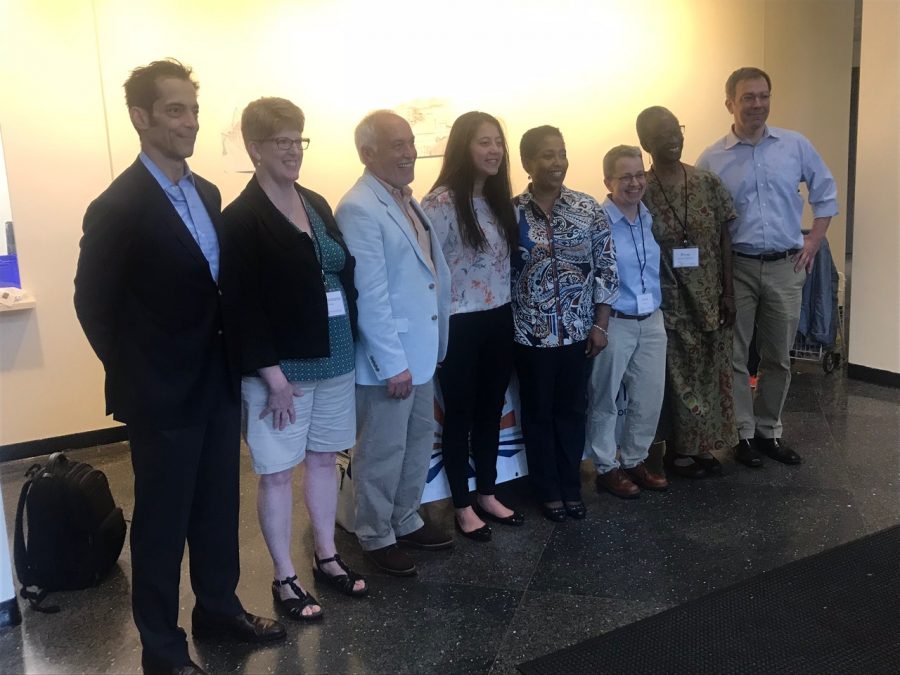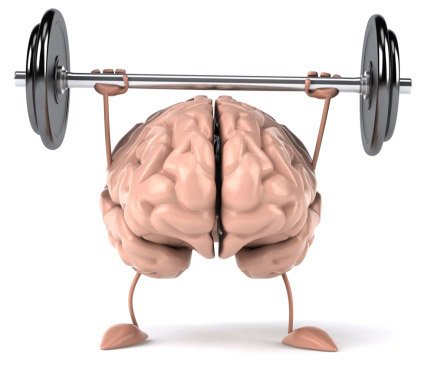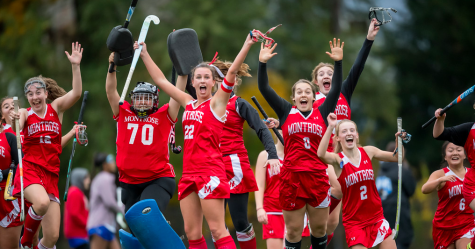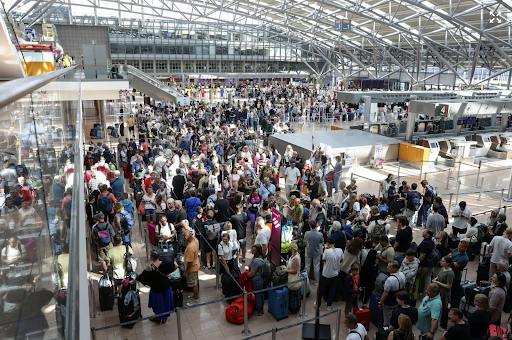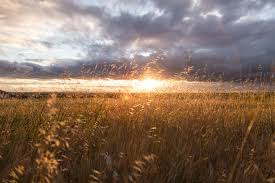Frederick Douglass Bicentennial NHD Award leads Montrosian to Forum with Leading Scholars and July 3rd Reenactment
It is the 3rd of July, 2018, and Boston’s inhabitants are sweltering in nearly hundred degree weather. Over a hundred Americans stand together in Boston Common in front of the Massachusetts State House. I stand in the crowd beside a friendly face, Montrose alumni Gabby Landry ‘18, as well as my father. We hear a resounding church bell chime noon nearby, and a man stands up to a microphone before the audience. He is about to start a communal reading of “What To The Slave Is The Fourth of July?” written by American abolitionist Frederick Douglass in 1852. There is a long line of people behind him, who will each take a turn reading one paragraph of the speech to the microphone.
“Mr. President, Friends, and Fellow Citizens,” the man reads, and I feel a chill run through my body, despite the heat and humidity.
I first heard about this speech reading event months before, thanks to my participation with National History Day, or NHD. Like all of Montrose’s freshmen and sophomores, I returned from Christmas break and began brainstorming for my NHD project. In March, I competed at our district competition with my paper concerning the American Eugenics Movement, titled The Forgotten American Movement: The Consequences of Racism And Persecution. This movement, thriving in the early 1900’s, sought to remove those from society deemed unfit or unhealthy, in order to ensure an ethnically and racially “healthy” (predominantly white) future for America. Unfortunately, the definition of the unfit or unhealthy person was biased by racist and prejudiced views. The result: legal compulsory sterilization and euthanization of thousands of Jews, African Americans, the blind, the deaf, the epileptic, and many other categories of citizens. The American Eugenics Movement lasted for decades, and led into World War II, reflecting Hitler’s Final Solution. In 2018, few Americans are educated about this Movement, and I am yet to meet another high school student who has even heard of it.
At the NHD district competition, I was honored to receive an award from the Massachusetts Historical Society(MHS) and Mass Humanities. The Frederick Douglass Bicentennial Award was given to a number of students from across the state for their NHD projects. A common theme ran amongst all of our projects; we each sought to recognize important events from the past and peoples that are often overlooked. This theme remained as my central motivation throughout my paper’s process, so the award was especially important to me.
The award also included invitation to another event. Frederick Douglass turned 200 years old this past February (hence the name of the award), and MHS was keen to celebrate. On June 2, the award winners and their families gathered in Boston with some local scholars to discuss Douglass’s legacy. During the months leading up to the event, I read many of the works of the three impressive historians who were participating in the event with us. Professor David Blight of Yale University has received numerous awards for the insightful books he has written. Prof. Blight is releasing Frederick Douglass: Prophet of Freedom on October 2. Professor Lois Brown of Wesleyan University has conducted extensive historical research about American roots, and has written a book about African American history in Concord, Massachusetts. Lastly, Professor John Stauffer of Harvard University focuses his writing and lecturing about the Civil War era. One of his books, Picturing Frederick Douglass, biographies Douglass as the most photographed American in all of the 19th Century.
On the morning of June 2, you can imagine that I was nearly hysterical to be able to meet these three scholars. Especially after researching about them and reading their books, I felt as if I was about to meet a group of celebrities. My older cousin and her boyfriend accompanied me to the event; and, as we drove through an approaching storm, even the pouring rain could not dampen my spirits.
To commence the event, each of the professors spoke to explain Douglass’s legacy through the realms of their own research and familiarity. They spoke of the importance of voting, media portrayal, and personal strength, and their lessons could apply to any person in the room. Afterwards, each of the six students presented their projects to the audience, and the professors each commented and asked questions onstage to the presenters about their research. It was exciting to find that our projects were focused on six completely different figures and movements. Research projects focused on topics as diverse as science, racial prejudice, and education, but all of us strove to recognize the American identity through our roots.
Meeting Professors Blight, Brown, and Stauffer also taught me another lesson. As I shook their hands and spoke to them, I quickly realized that they all shared a special quality. Despite the fact that I was only a freshman in high school, far from determining my career intentions — and despite the fact that they were each highly acclaimed and successful scholars — they spoke to me as an equal. Their attentive listening gave me confidence during my presentation. Their body language told me that they were like old friends, rather than people to be intimidated by. Even when I brought up a certain chapter of one of their books that I enjoyed, or complimented them for their achievements, they always countered my remarks with modesty. This is an important quality I learned that Frederick Douglass expressed in his lifetime, and this quality of modesty enhanced their connection to audience as well as their effectiveness as teachers.
After the event, I spoke with Ms. Kate Melchior, a kind historian from Massachusetts Historical Society who judged my paper at my district competition and aided me through every step on the way to June 2. She told me about a public event sponsored by Mass Humanities intended to pass on Douglass’s legacy and teach about America’s past. On July 3, any person in Boston Common at noon was welcome to join a line waiting to read a few lines from “What To The Slave Is The Fourth of July?” to a keen audience. This special event seemed to embody the message that Douglass intended and the attitude the three professors exhibited to me, and I knew I had to participate.
Which is why, on July 3, I stood in Boston Common, waiting in line with Gabby and my father to read a part of Douglass’s great speech. I felt the same thrilling excitement and honor to read Douglass’s words as I felt to meet the three scholars on June 2. But I also felt empowerment in myself to be a part of the reading, the same empowerment I felt to participate on June 2.
In Douglass’s speech, he describes how he, as a slave, does not have the ability to celebrate the Fourth of July like any free American man in the 19th Century. You can feel his passion though every claim, observation, explanation, and recognition. As I looked around during the speech reading, I saw Americans of every age, ethnicity, cultural background, and appearance. Together, we made up the America that Douglass envisioned and hoped for, and the America we should strive to represent. On the day before her birthday, there was no better way to prepare to celebrate our nation’s past, present, and future.

